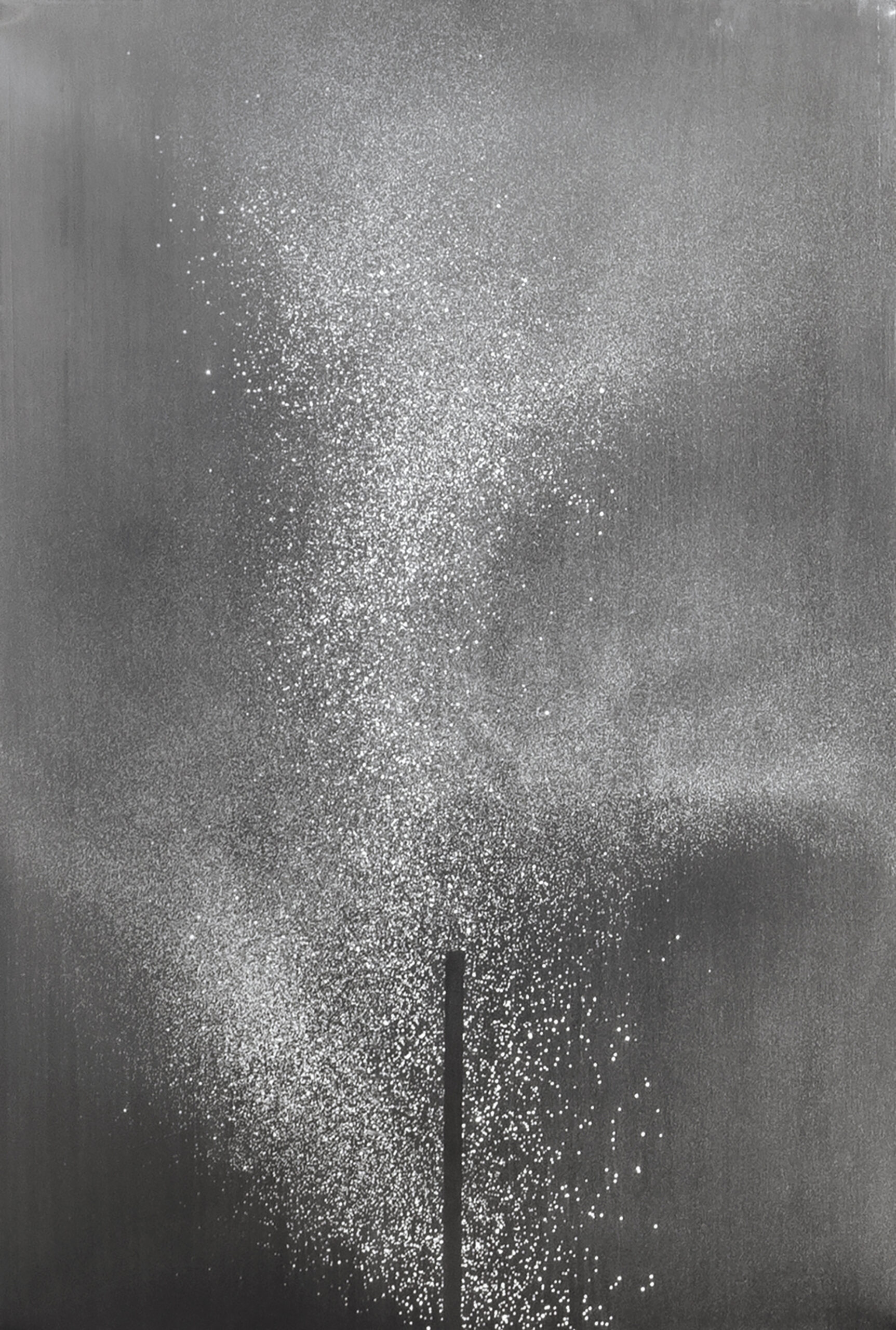
Magnetic Declinations was born in 2016 due to the fascination of the possibility of human beings detecting the presence of magnetic fields.
Experiments indicate that a part of the population, less than 8%, is capable of indicating the presence of magnetic fields in a dark room, without, however, describing how this perception manifests itself cognitively (almost as if we did not yet have a language , words to understand and share the feeling). The absolute miracle that is the possibility of life, in an infinite and inhospitable space, on the tiny third planet of the solar system, is due to the existence of the magnetic field. Born from the titanic movement of oceans of iron and liquefied nickel, 3 thousand km deep, they are in the outer part of the Earth’s core. It is from the collision of these incessantly moving fluids that electrical currents are generated and the magnetic field emerges.
In mythical terms, which this Magnetic Declinations often operates, the magnetic field is the original deity, the womb that managed life on Earth. There was no life before his existence and all living creatures evolved under his influence. Migratory birds use it as a guide (a protein in the eye, Cryptochrome, generates an indicative spot), turtles and fish, which make large continental movements, also use it. Wasps orient the geometry of their nests, much like ant tunnels; foxes detect their prey in the snow. Therefore, like so many other animals, including mammals, there is a concrete possibility that humans are sensitive to magnetic fields and have atrophied this sense during the sedentary lifestyle of the civilization process.
Magnetic Declinations are presented in two instances. In the first, Ío, accompanied by scientists and inventors, seeks to constitute a critical review of magnetoperception and build concrete strategies through devices and physiological possibilities to share magnetic perception among humans in a concrete and real way; the second, from the perspective of art, seeks the mythical and metaphorical possibility that communicates to us the power of a force that engendered our life on the planet and that allows us to guide us in the darkness.
ATIVIDADES AXIAIS DO PROJETO:
- INTERDISCIPLINARY RESEARCH / Compass
Creation of a multidisciplinary research group;
Inclusion of new researchers;
Production of content for works, books, websites, social networks, articles, seminars, etc.;
- SYMPOSIUM / Counterfactual Narratives of Magnetism
Symposium to be held at the UFRGS Cultural Center with researchers, artists and guests intended as an instrument for disseminating the results. Project aimed at an accessible language aiming for dialogues with all audiences;
- CREATION OF WORKS
Creation of 6 new works;
Integration of research content;
Technological and artistic development;
Potential for future exhibitions;
- DONATION COLLECTION/ Collection of MARGS (RS), MARP (SP) and AMAZONIANA (UFPA)
Donation to important collections: MARGS – Museu de Arte do Rio Grande do Sul Ado Malagoli (Porto Alegre/RS);
MARP – Ribeirão Preto Art Museum (Ribeirão Preto/SP);
Amazonian Art Collection of the Federal University of Para (Belém/PA);
- BOOK / The Obscure Object of Magnetoreception
Research Record;
Artistic-scientific dissemination;
Preservation of the memory of Brazilian Contemporary Art;
Support for Independent Publishers (Nevoa);
Online PDF;
Accessibility through audio description and compatibility with voice readers;
- SOCIAL MEDIA / Petrus Peregrinus
Creation of social networks for the project, with regular publications, publicizing activities and interaction with the public;
- SITE / SAMA (South Atlantic Magnetic Anomaly)
Repository of project information and content;
Easy access from all locations;
Accessible content;
- ACCESSIBILITY
Consultancy to enhance project accessibility;
Attitudinal training of the team;
Architectural accessibility;
Content available online;
Audio description of images adapted for screen readers;
SEARCH GROUP
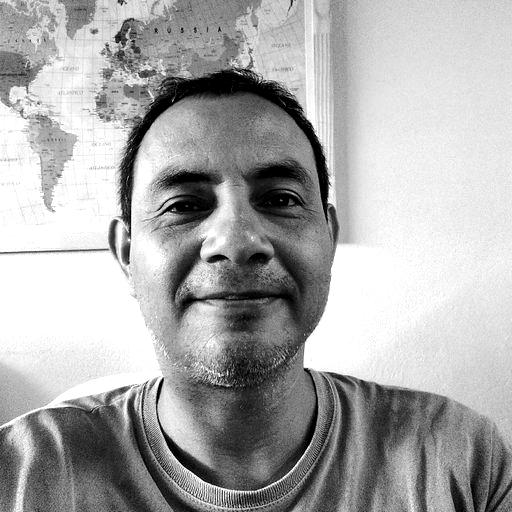
Daniel Acosta Avalos
Graduated in Physics from the Benemerita Universidad Autonoma de Puebla (Mexico) (1992), Master’s degree in Science, specialty in Physics, from the Centro de Investigacion y de Estudios Avanzados del IPN (Mexico) (1995) and PhD in Science, specialty in Physics, from Centro de Investigacion y de Estudios Avanzados del IPN (México) (1996). He is currently a Senior Researcher at the Brazilian Center for Physical Research (CBPF-MCTIC) in Rio de Janeiro, Brazil. He has experience in the area of Biophysics and Photoacoustic techniques. Current research topics are magnetic orientation in social insects, magnetic orientation mechanisms in microorganisms and the photoacoustic effect in magnetic and biological materials.
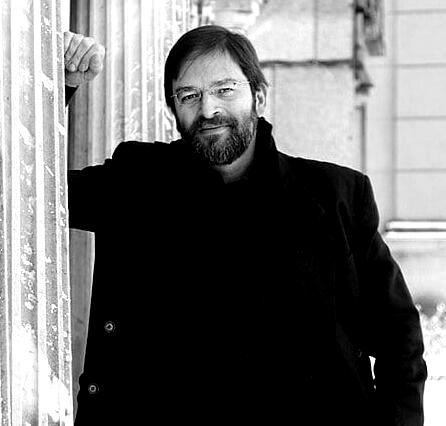
Francisco Marshall
With a degree in History from the Federal University of Rio Grande do Sul (1988) and a PhD in Social History from the University of São Paulo (1996), Francisco Marshall completed his postdoctoral studies at Princeton University (NJ, USA, 1998), as a Capes-Fulbright fellow. , guest of Peter Brown, and at Ruprecht-Karls-Universität Heidelberg (Germany, 2008-9), as a fellow at the Alexander von Humboldt Foundation. He is a full professor at the Federal University of Rio Grande do Sul, working in the Department. of History (IFCH) and PPG Visual Arts (IA). He teaches in the areas of Ancient History, Classical Archeology and Art History, also working in museology, iconology, semiotics, imaginary studies, cultural and science history, epistemology, city history and Renaissance studies. The author is also an essayist, press columnist, producer and cultural leader and creator of current music.
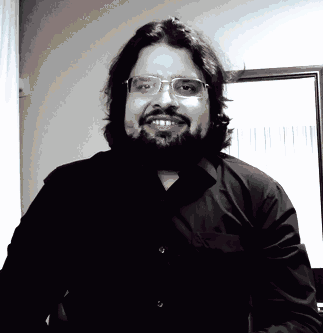
Leonardo Albuquerque Heidemann
Professor Leonardo graduated in Physics from the Federal University of Rio Grande do Sul (UFRGS, 2008), obtaining his master’s (2011) and doctor’s (2015) degrees in Physics Teaching from the same University. Since 2016, he has been an Adjunct Professor and permanent member of the Postgraduate Program in Physics Teaching at the Physics Institute of UFRGS. His research focuses on topics such as university dropout, prison education and active teaching methods. He has been coordinator of the Reference Center for Physics Teaching (CREF) at UFRGS since 2017. In 2018, he was awarded the award for the best doctoral thesis in the area of Research in Physics Teaching for the 2015-2016 biennium by the Brazilian Physics Society .
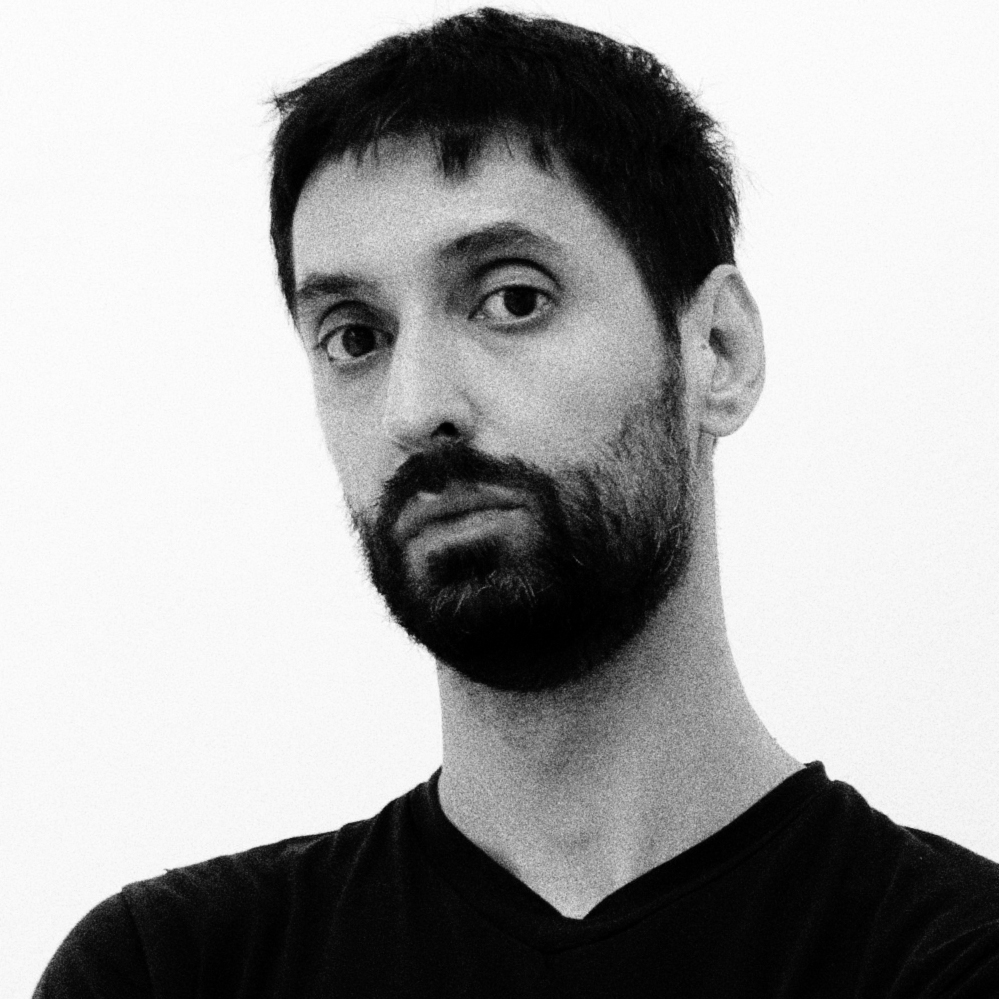
Munir Klamt
Munir Klamt is an artist, curator, professor and researcher in Contemporary Art. With a master’s and doctorate in Visual Poetics at UFRGS, his thesis, Metamedidas, received an Honorable Mention in the 2017 Capes Thesis Award. He completed a Post-Doctorate at the University of Brasília. Member of the MARGS curatorial committee. He taught at the Federal University of Rio Grande (FURG), where he coordinated research and extension projects and was a representative of the Institute of Letters and Arts on the Science, Technology and Innovation Committee – CCTI, an advisory body of the Dean of Research and Postgraduate Studies – PROPESP. He currently teaches at UFRGS in the area of Art and Technology, where he coordinates the Pinacoteca Barão de Santo Ângelo. He has been working as an artist under the pseudonym Ío since 2003, in partnership with Laura Cattani. Creator of the Torus Cultural Institute. He was assistant curator at the 13th. Mercosul Biennial. His research is centered on the various manifestations of Time in Contemporary Art. Coordinates the research project “Intimate Obscurity of Time” by Munir Klamt (IA/UFRGS). His plastic and visual production encompasses different media, contexts and platforms, such as videos, installations, drawing, web art, performance or photography. He has held several exhibitions in Brazil and abroad, as well as video shows and multimedia projects.
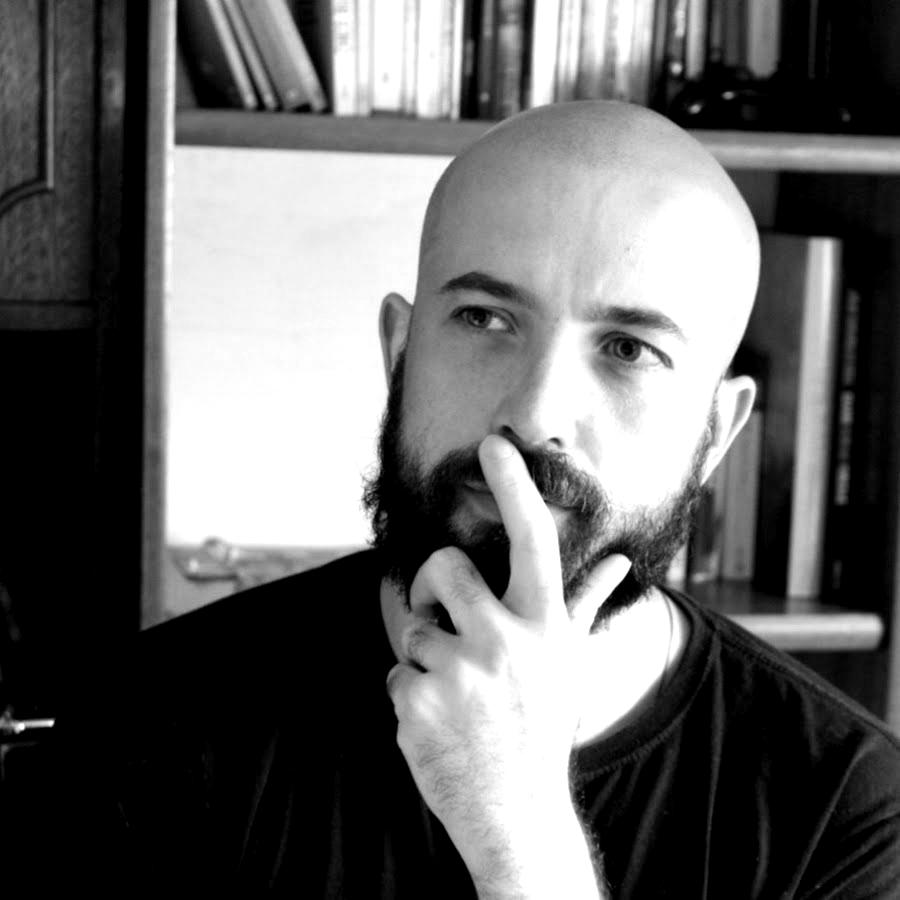
Nathan Willig Lima
Professor Nathan has a Bachelor’s degree in Physics with an emphasis on Medical Physics from the Pontifical Catholic University of Rio Grande do Sul (PUCRS, 2014), a Master’s degree in Materials Engineering and Technology from PUCRS (2016) and a PhD in Physics Teaching at the University Federal Government of Rio Grande do Sul (UFRGS, 2018). Since 2019, he has been a professor at the Physics Institute at UFRGS and a permanent professor at the Postgraduate Program in Physics Teaching at UFRGS. He was a visiting researcher at the University of Copenhagen – Denmark – participating in a research project on the history of Quantum Theory and implications for Physics teaching. Working with scientific communication, he is widely recognized on social networks, having more than 27 thousand followers on Instagram.
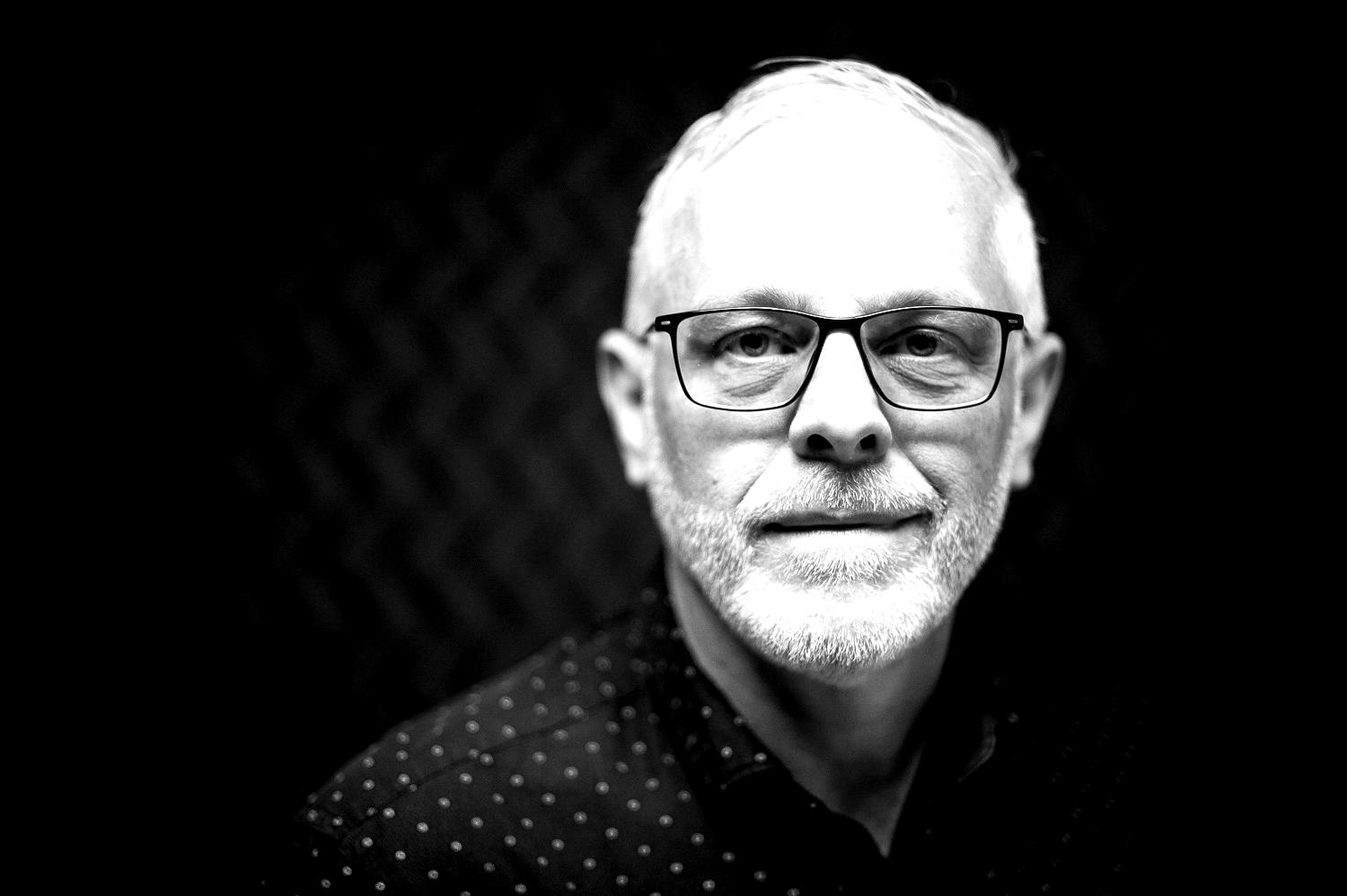
Rualdo Menegat
Professor of the Department of Paleontology and Stratigraphy of the Institute of Geosciences at UFRGS, geologist, Master in Geosciences (UFRGS), Doctor of Sciences in the area of Landscape Ecology (UFRGS), Doctor Honoris Causa (UPAB, Peru), Visiting Professor of the Program of Postgraduate in Sustainable Development from the National University of Lanús (Argentina). Scientific advisor to National Geographic Brazil, member of the UNESCO/Unitwin Chair – Latin American Forum of Environmental Sciences, Honorary Member of the National Forum of Geology Courses, member of the International Commission on History of Geological Sciences (IUGS) and President of the Brazilian Session of International Association for Geoethics. He received several awards and honors, including the Medal of Porto Alegre, the Medal of Honor of the City of Trujillo (Peru), the Distinction of Scientific Merit from the Institute for Research into Peruvian and Latin American Thought at the Universidad Nacional Mayor de San Marcos (Lima, Peru), Juan Bauptista Chapa Medal for the Integral Conservation of Humanity Heritage (Nuevo Leon, Mexico), Irajá Damiani Pinto Medal (Institute of Geosciences, Brazil), and Diploma of Scientific and Academic Merit from the Norbert Wiener University (Peru ), Premio Dr. Manuel García Capriles (Bolivia), Medalla Reloj de Oro de Uyuni (Bolivia). Coordinated several research projects. His research that revealed the intentional construction of Machu Picchu on geological faults had great international repercussion, having been published in the main newspapers and scientific magazines, such as Science and Smithsonian Institute News, and in wide circulation, such as Newsweek and The Times, in more 10 languages and 20 countries.
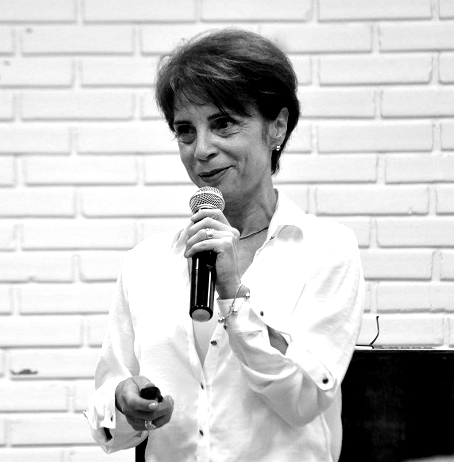
Sandra Prado
Professor Sandra has a Bachelor’s degree in Physics from the State University of Campinas (UNICAMP, 1990), obtaining her master’s degree (1992) and doctorate (1995) in Physics from the same University. She did a postdoctoral degree at the University of Bristol (1995-1997), in England. She has been a Professor at the Federal University of Rio Grande do Sul since 2000. She is a permanent member of the Postgraduate Program in Physics, working on investigations with an emphasis on Quantum Mechanics, investigating, among other things, classical and quantum chaos.
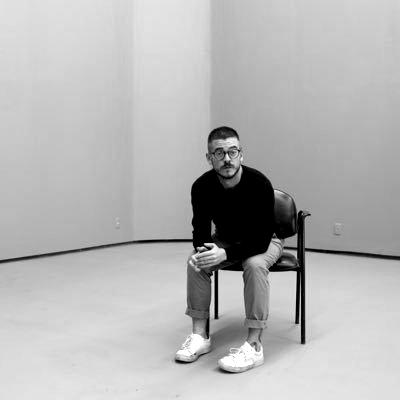
Ulisses Carrilho
Ulisses Carrilho (Porto Alegre, 1990) is curator at the Parque Lage School of Visual Arts and a former student of the same school. Postgraduate in Cultural Economics (UFRGS), studied Social Communication (PUCRS) and Literature – Portuguese/French (UFRGS). His research at the intersection of arts and education aims at counter-narratives and criticisms of the production logic of cognitive capitalism. In 2017, he participated in the Intervalo-Escola residency, around a forest school in the Amazon Forest (Tupana River and Igapó-Açu). Since 2015, he has worked at the Escola de Artes Visuais do Parque Lage, with Lisette Lagnado, as assistant director and assistant curator. In 2018, he took over the curatorship of Education and Public Program at the school. Currently lives in Rio de Janeiro.
PROJECT MANAGEMENT

Laura Cattani
Artist, curator, researcher, cultural producer and acts as an agent in the field of contemporary art, always promoting artistic collaborations, partnerships with creators and institutional collaborations. Graduated in Performing Arts, with a master’s degree and doctorate in Visual Poetics from PPGAV/IA/UFRGS and post-doctorate at PPGAV/UnB, Laura Cattani also has a specialization in Project Management from ESPM, with experience in the area of Cultural Management. He was a member of the Visual Arts sectoral collegiate. She taught at the UFPel Arts Center between 2020 and 2023, where he coordinated extension actions at Galeria A Sala. During her career, she held exhibitions and multimedia projects in several cities in Brazil, as well as Uruguay, Argentina, Germany and France. She served as deputy curator of the 13th Mercosul Biennial, under the general curatorship of Marcello Dantas. It acts as a cultural agent to promote the dissemination and appreciation of Contemporary Art as an instrument for reflection, questioning and transformation, and has been developing innovative projects with national projection, always seeking articulation with different multicultural and transdisciplinary groups.
https://linktr.ee/lauracattani


